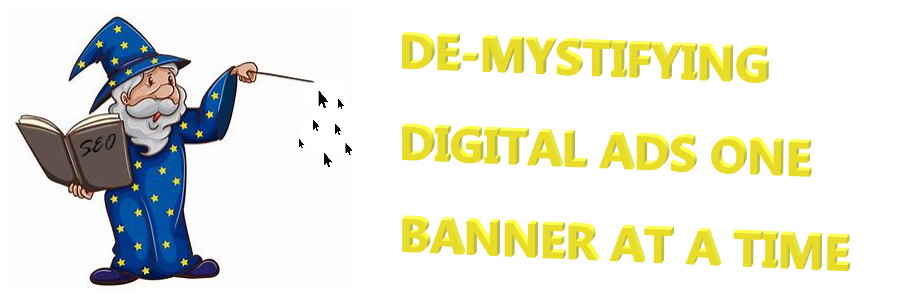De-Mystifying Digital Ads One Banner At A Time

Before you dive into the world of digital advertising, you must first look at what the Internet actually is. The Internet is a network of interconnected databases and services that grants users varying levels of access to information, depending on their credibility and intent. Therefore, your company’s website is a combination of a few things: a database, a service that delivers various bits of information from that database (or other external ones) to each visitor, a service that determines what bits of information each individual visitor wants or doesn’t want, and a set of protocols for determining whether or not a visitor should be granted access to certain bits of information.
Now, you can see the dilemma that is digital advertising. A digital ad is not like a billboard – it doesn’t sit in one stationary spot and wait for people to drive by and look at it. Digital ads move around, a lot, to places where the people most likely to be influenced by them are. Think of a digital ad, a banner ad for example, as being a digital equivalent to a salesman: it has a pitch, a territory to sell to, and a means of transportation.
Different digital ads pop up in different digital territories. The stomping ground for banner ads, for instance, is webpages germane to some aspect of what they’re selling. Take STIHL, a manufacturer of outdoor power equipment, for example. What they would do if they wanted to start an outbound marketing campaign encompassing banner ads, after they designed the actual banner ads, is they would outline a target demographic that the banner ads would work for, then they would release those to a banner ad company that they agree to do business with. A banner ad company’s service works as such: website owners add certain lines of code to their websites which create blank spaces for banner ads to exist in, then whenever a banner ad gets put in one of them the website’s owner gets paid a fee. STIHL would tell the banner ad company which demographics they wish to target, and the banner ad company would program the potential reach for the banner ads accordingly.

When a visitor comes to a website, how does the website know whether the visitor fits specific demographics within its set of banner ads you ask? The answer is ‘cookies.’ Cookies are tokens that get created on and added to people’s devices whenever they visit certain webpages, or enter certain search queries. Companies like Google and Amazon keep track of how, where, and why people use their services, and sell that information to marketing companies.
Social media, video, and in-app ads function in a similar fashion, except with social media ads the opportunity to target and personalize ads is greater due to the nature of social media platforms.
As you are now aware, digital advertising is not a simple matter of creating a jpeg. A lot of market research and planning goes into each digital ad, mostly because that’s how you get the most out of your advertising budget. Your banner ad isn’t going to help sell more product, if it is in a section of the Internet where no one goes or if it is in a section of the Internet where only people who wouldn’t be interested in your ad go.
